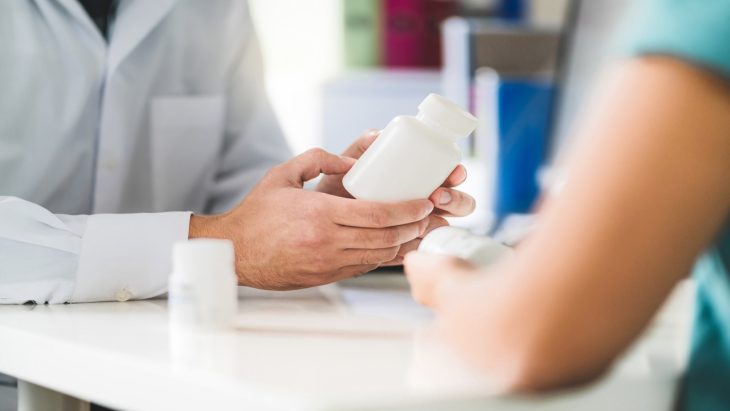How Underdosing MAT Raises Opioid Overdose Risk
Published: 05/28/2025

The opioid overdose crisis continues to plague communities across the US but according to a new report there’s one risk factor that is little discussed and even less well understood. This threat is the underdosing of opioid withdrawal meds and it’s claiming lives.
You don’t have to know a lot about addiction treatment to have heard about medications like methadone or Suboxone. These are part of a technique called medication assisted treatment or MAT.
These medications block opioid receptors in the brain which can reduce cravings and withdrawal symptoms in people with opioid use disorder. This makes sobriety more manageable and helps clients pursue therapies that will help them recover in the long term.
But new research is finding that there is a pervasive problem in the way we currently use MAT: patients often receive too low of a dose to be effective.
While it’s understandable that providers want patients to be on the lowest effective dose of MAT prescriptions, sometimes pursuing this leads them to underdose patients. When this happens, the medication isn’t effective enough to keep the patient away from drug use and they may be more likely to relapse.
With the dangerous opioids on the street today, this is a life or death matter.
Underdosing has been especially common with buprenorphine because of the FDA’s dosage guidelines. The guidelines established a “target dose” at 16 mg and stated that there was no benefit to dosages above 24 mg.
While that may have been all that was known when the guidelines were released, more recent research (especially research that has developed since street fentanyl became a major part of the opioid addiction landscape) has found benefits at dosages up to 32 mg.
Multiple studies have found that at higher doses of buprenorphine, patients use less illicit opioids, stay in treatment longer, have fewer health complications and fewer ER visits and hospitalizations, and have less chronic pain.
They found that this is especially the case for patients who have medical conditions or circumstances that might require a higher dose, such as patients who are pregnant or have chronic pain, those experiencing PTSD or those who’ve been using opioids for many years.
However, because of FDA guidelines, providers rarely prescribe over 24 mg even if a patient isn’t getting the results they need. Even when prescribers want to increase the dosage, insurance often won’t pay for higher doses because they use FDA guidelines as evidence that it’s not necessary.
And that MAT underdosing can lead to a life-threatening relapse, particularly when relapsing patients return to the drug dosages they were accustomed to prior to recovery. Because these patients no longer have the same level of tolerance for the drug, there’s a significant risk of a potentially fatal opioid overdose.
Fortunately, there are new changes to FDA guidelines to support the newer research into buprenorphine dosages. A group of physicians petitioned the FDA to make changes after showing the new research findings.
The FDA held a public meeting about the issue in December 2023. In December 2024, the FDA agreed with the physicians and changed the guidelines, no longer referring to 16 mg as a “target dose” and removing the statement that dosages above 24 mg aren’t beneficial.
While prescribers are able to prescribe whatever dosage they feel is appropriate to manage their patients’ symptoms, the hope is that these research findings and updated guidelines will allow more people to get the appropriate effective dose they need.


